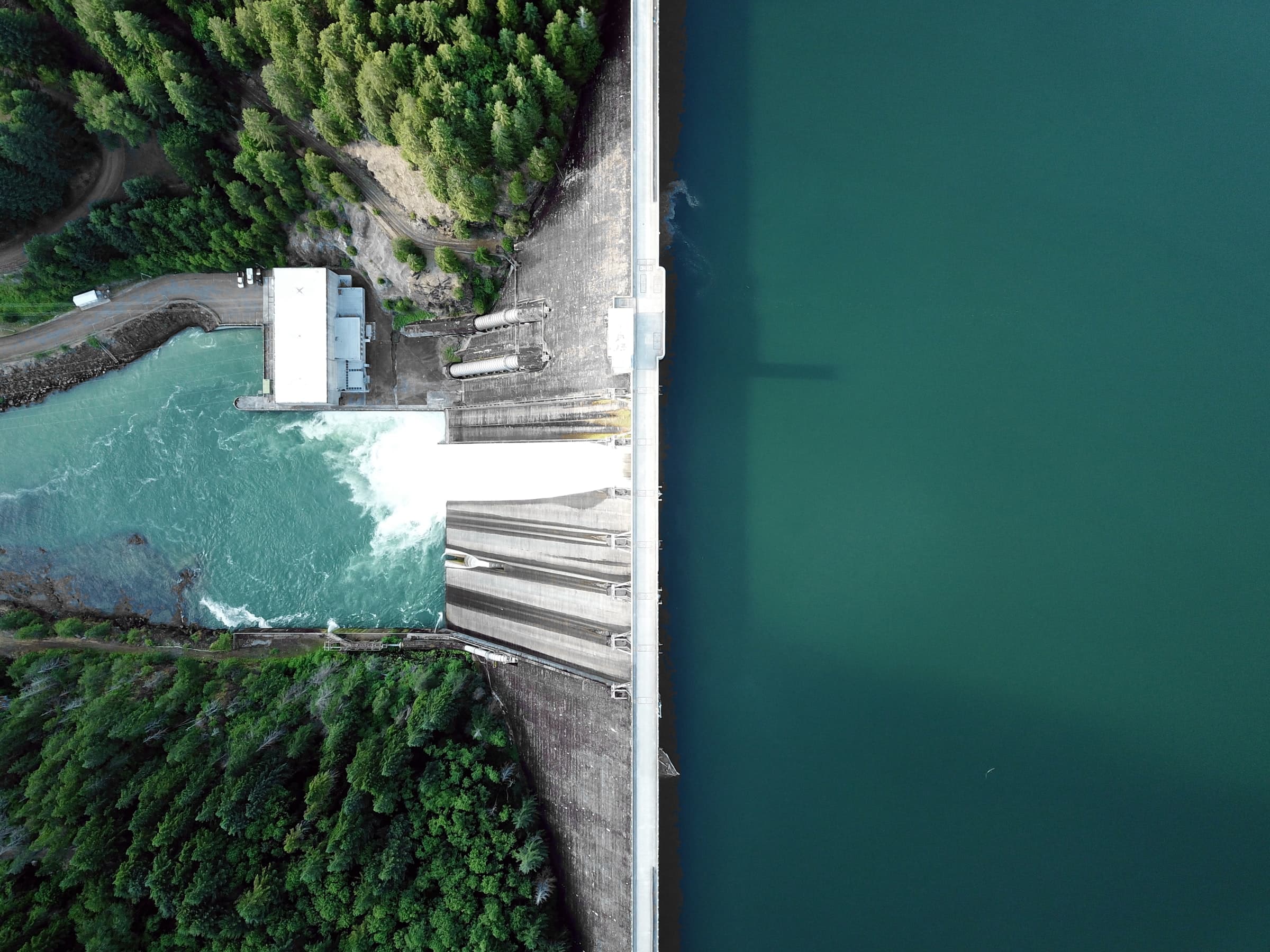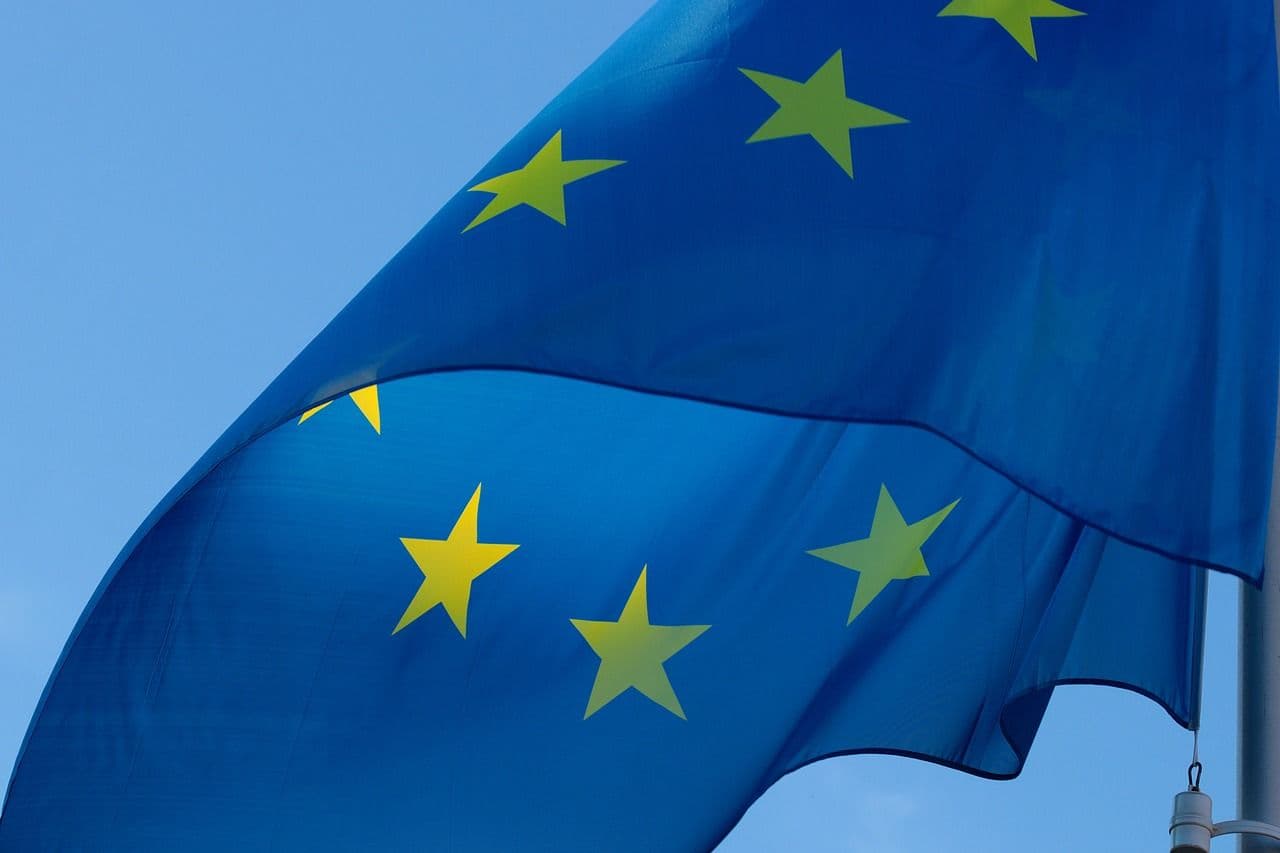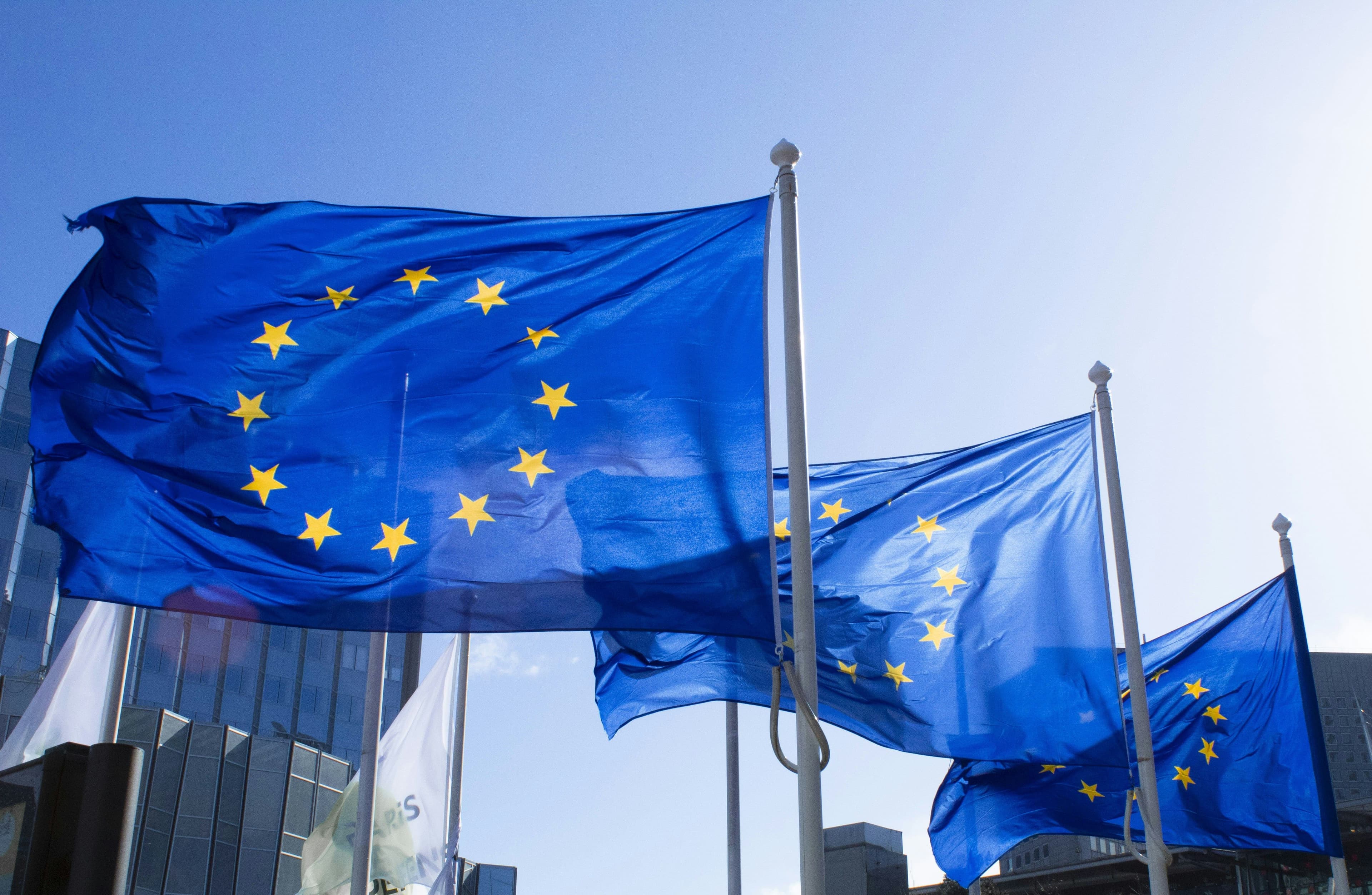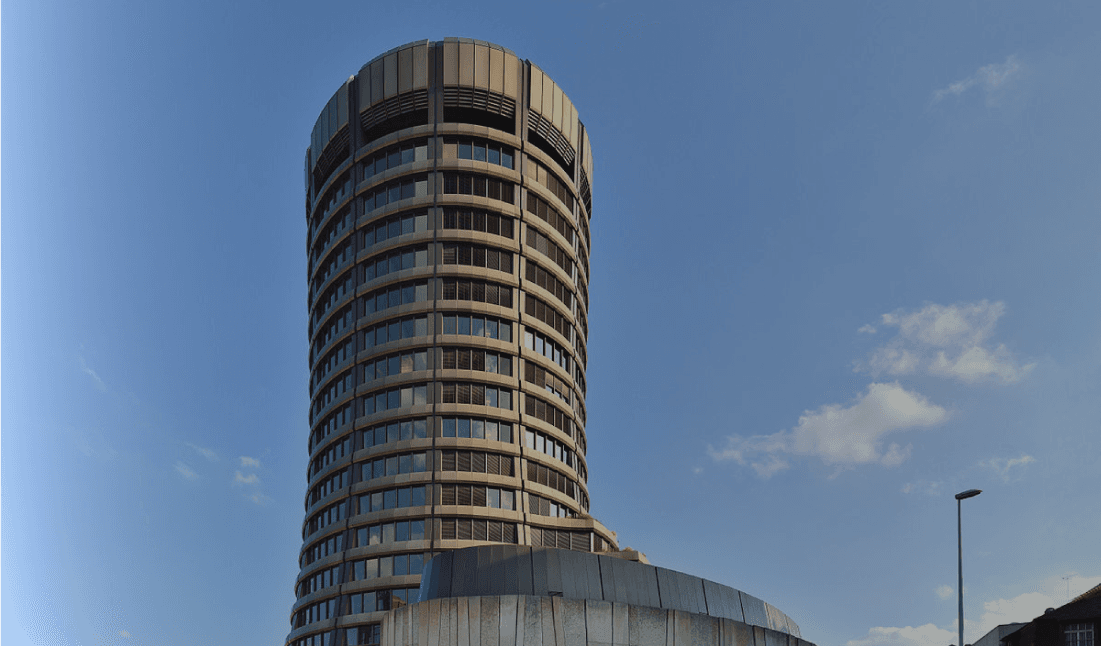Do Article 9 funds serve the interests of our economy's transition?
While financial market players have until January 1st 2023 to ensure their compliance with the latest part of the European SFDR regulation, several recent studies show that there is still a lot of room for improvement in terms of reporting. There is still a long way to go to limit the greenwashing of Article 8 and 9 funds and to truly redirect investments towards sectors that are sustainable for the economy.
Reminder on the SFDR regulation and its requirements
The European "Sustainable Finance Disclosure Regulation" (SFDR), which came into force in March 2021, aims to increase transparency for investors.
This law proposes a certain number of articles that aim at increasing transparency, both at the level of financial products and at the level of management companies.
For example, Article 6 deals with the transparency of the integration of sustainable development risks, and is available on the European Union website [1].
For funds with sustainability ambitions - environmental and/or social - the SFDR proposes a categorization of financial products according to the degree of sustainability, that is coupled with certain additional information to be published. Financial actors are thus required to register their funds in one of the ambition categories proposed by the SFDR.
On the one hand, Article 8 funds must declare that they take social and/or environmental criteria into account. On the other hand, the more ambitious Article 9 funds must present a sustainable investment objective, contributing to an environmental or social objective, without causing significant harm to other environmental or social objectives.
However, the interpretation between the two types of funds is not clear and meeting their requirements leaves much to interpretation. Recent studies [2], published by Novethic and Morningstar, have analyzed the content of funds classified as Article 8 and Article 9 and have highlighted certain gaps between the information provided and what is required by European regulations.
In summary, Article 9 funds (the more ambitious of the two) focus their efforts on exclusionary policies to the detriment of sustainable investment objectives and monitoring indicators or management methods, which are nonetheless at the heart of the Article's philosophy.
Some key figures:
- Most funds select assets with a "best-in-class" analysis, which consists of comparing themselves to the market average. However, there is no guarantee that this method allows for the selection of the best assets with sufficient ambition to meet the challenges of the ecological transition.
- Most funds often present unclear explanations of their objectives and the approach taken to achieve them. Less than 10% of funds refer to a stock market index associated with their sustainable investment objective.
- Less than half of the funds publish impact indicators - often detached from financial reports - even though this is one of the fundamental characteristics of Article 9 fund requirements.
- Reporting does not meet the requirements of Article 9, particularly for the publication of Principal Adverse Impact. A large majority of funds do not consider PASIs, even though publication will be mandatory next spring (June 2023).
- The inclusion of the green taxonomy in the communication of funds can be improved. The publication of investments’ green share is underdeveloped and consolidation practices at the fund level differ greatly.
The current application of Article 9 does not ensure that these funds are virtuous from a climate standpoint, which is disappointing given the ambition of the SFDR. The reclassification of Article 9 funds as Article 8 funds demonstrates how difficult deploying sustainable conviction-based finance in listed markets is. Only 4% of SFDR funds are classified as Article 9, and the majority are not ambitious enough to meet the changes needed for the ecological and societal transition of our economy.
Towards a sustainable finance of conviction
At Carbone 4, we strongly believe that it is possible to implement a sustainable finance of conviction and to propose strategies that combine demanding sustainable objectives and trajectory measurements with impact indicators. To do so, here are some ideas that we are working on with our clients:
- Ask the question of the impact that the fund should be able to generate on effective decarbonization, i.e. in the real economy, depending on the fund's asset class
- Compare the ambition of an Article 9 fund, not to other funds, but to the level of ambition to be set in order to contribute to the transition and to neutrality, by referring to ambitious decarbonization scenarios, such as the French national low-carbon strategy or the scenarios of the International Energy Agency
- Define ambitious and exhaustive climate indicators, which are not limited to the carbon footprint alone (avoided emissions, alignment with a scenario, etc.)
- Define Carried indicators and associated thresholds to concretely involve teams in the transition
- Set up a simple and robust reporting system by involving stakeholders
- Define an actionable perimeter and action levers on which companies can act in a concrete way for a low-carbon transition
Contact us
Contact us about any question you have about Carbone 4, or for a request for specific assistance.













